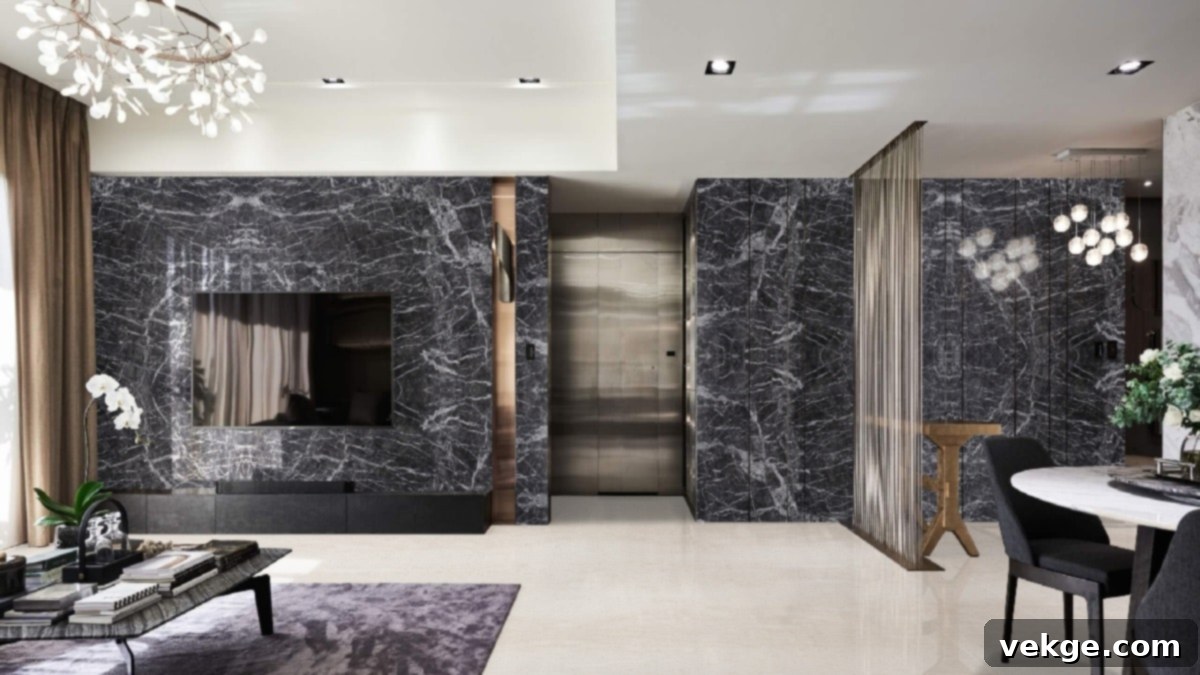From Ancient Temples to Modern Abodes: The Enduring Beauty of Stone Craft in Indian Homes
The story of stone craft in Indian homes is a tapestry woven with history, artistry, and an intrinsic connection to nature. For millennia, natural stones have been more than just building materials; they have been integral components of traditional Indian dwellings, serving as robust structural elements, functional furniture, and exquisite decorative accents. This enduring tradition stems from a profound understanding of nature’s formidable materials, incorporating them into our living spaces to enhance stability, structural integrity, and an innate sense of permanence.
As contemporary architecture evolves, there’s a growing movement among architects and homeowners to reintroduce these timeless principles of stone craft into modern Indian homes. This revival seeks to recapture the utility, aesthetic appeal, and serene ambiance that natural stone imparts, blending ancient wisdom with modern design sensibilities. This article delves into how stone craft was originally integrated into Indian homes and explores its captivating resurgence as a key element in contemporary Indian architecture.
Exploring the Rich Diversity of Stones in India
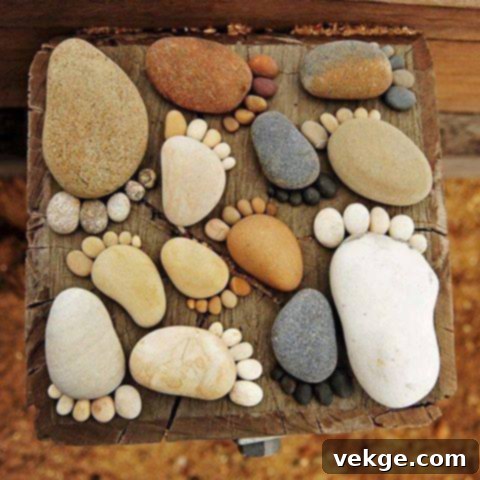
India is blessed with an abundant variety of geological formations, yielding an incredible spectrum of stones used extensively for sculpting, architecture, and intricate stone crafts. Each type possesses unique properties that lend themselves to different applications, from monumental structures to delicate carvings. Here are some of the prominent categories of stones found across India:
- Igneous Rocks or Hard Granite: Formed from volcanic magma, igneous rocks like granite are known for their extreme hardness, durability, and resistance to wear and tear. Granite comes in a vast array of colors and patterns, making it a popular choice for structural components, flooring, countertops, and outdoor applications where longevity is paramount. Its crystalline structure provides a timeless elegance and robustness.
- Sedimentary Rocks or Colored Sandstones: These rocks are formed from the accumulation and compaction of sediment over millions of years. Sandstones, particularly the colored varieties found in regions like Rajasthan, are celebrated for their natural beauty, earthy tones, and ease of carving. They have been extensively used in historical monuments, facades, and intricate jali (lattice) work, offering a warm and inviting aesthetic.
- Metamorphic Rocks or Soft Soapstone, Marble, and Limestone: Metamorphic rocks undergo transformation due to intense heat and pressure. This category includes some of the most revered stones in Indian craft.
- Marble: Renowned for its luxurious appearance, smooth texture, and intricate veining, marble is a metamorphic rock formed from limestone. It has been a cornerstone of Indian palace and temple architecture for centuries, synonymous with grandeur and refinement. Its workability allows for highly detailed carvings and polished surfaces.
- Limestone: While also a sedimentary rock, it often undergoes metamorphosis. Limestone is versatile, ranging from soft, porous varieties to harder, denser forms. It’s used for flooring, cladding, and, historically, for structural purposes.
- Soapstone: This soft, easily carvable metamorphic rock is characterized by its smooth, soapy feel. Soapstone has been traditionally used for smaller sculptures, utility items, and decorative panels due to its workability and heat-retentive properties.
Throughout India’s history, two principal forms of stonework have been omnipresent, showcasing the mastery of ancient artisans. The first involves relief-structured panels, characterized by intricate carvings on one side, presenting narratives, deities, or floral motifs, while maintaining a flat, structural surface on the other. These can be seen adorning temple walls, palace exteriors, and historical buildings.
The second dominant form is three-dimensional figures and statues, most famously witnessed in the awe-inspiring temples, ancient sculptures, and other monumental architectural forms across the subcontinent. These figures often depict deities, mythical creatures, or human forms, imbued with profound spiritual and artistic significance.
While these elaborate forms represent the decorative zenith of stone craft, the utility of stone extended into more general, everyday applications. Stone-made furniture, such as sturdy table tops and resilient kitchen countertops, was commonplace. In some regions, entire walls and even ceilings were constructed from stone, providing natural insulation, security, and an enduring quality to homes.
Stone Craft in Modern Indian Architecture: Blending Tradition with Contemporary Living
Having explored the diverse types of stones prevalent in India and their traditional applications, let’s now turn our attention to how these magnificent natural materials are being ingeniously integrated into contemporary Indian homes, bringing forth a unique blend of heritage and modern aesthetics.
1. Elegant Stone Tabletops: A Fusion of Durability and Style
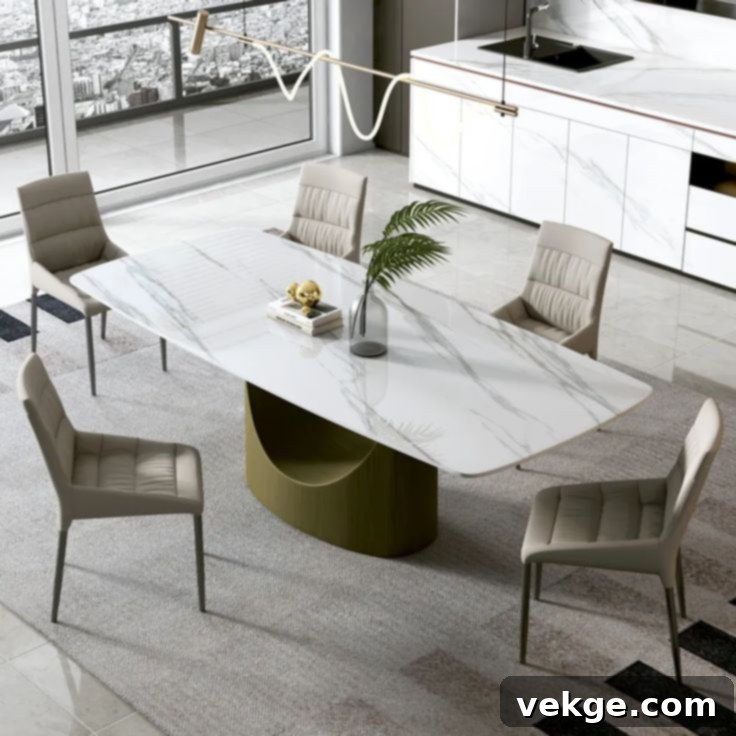
Stone tabletops stand out as one of the most widely adopted and celebrated applications of natural stone in modern homes. They represent a beautiful confluence of robust functionality and sophisticated design. Available in an array of stone types like granite, marble, quartz, and sandstone, these tabletops offer unparalleled durability, heat resistance, and a unique aesthetic appeal.
Beyond their superior quality and longevity, stone tabletops present a myriad of options in terms of color, texture, and veining, ensuring a perfect match for any interior design scheme. Whether you seek a minimalist look with sleek granite or a luxurious statement with veined marble, the versatility is immense. Homeowners can select their preferred raw material and design, then commission a specialist craftsman to create a bespoke tabletop that perfectly aligns with their vision. From dining tables and coffee tables to kitchen islands and study desks, a stone tabletop instantly elevates the elegance and practicality of any space.
2. The Resurgence of Mosaic Tiles: Artistry Underfoot and On Walls
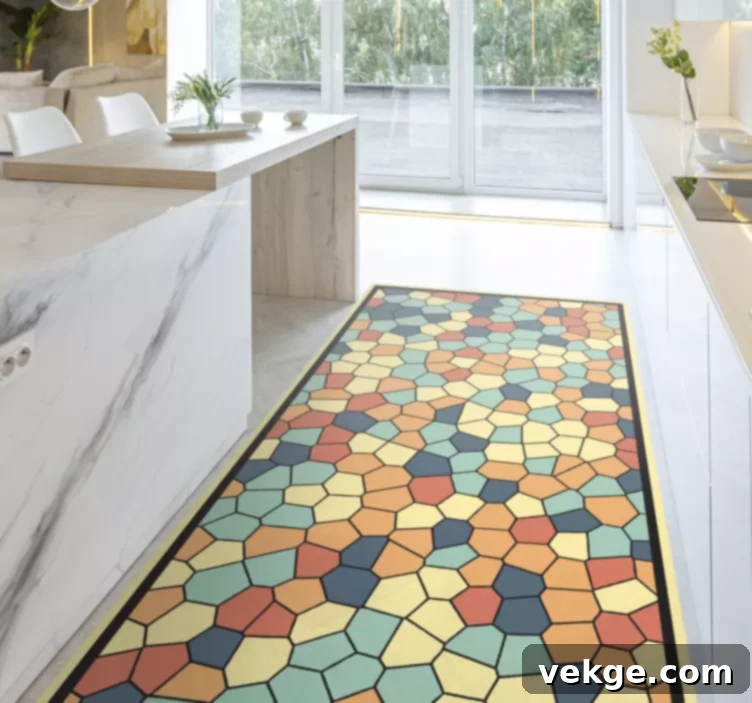
Mosaic tiles, while perhaps perceived as an older form of interior design, are making a significant comeback, especially in Indian homes that traditionally featured extensive mosaic work. Though they became less common for a period, the timeless appeal of mosaic patterns ensures their continued relevance. These intricate arrangements of small pieces of stone, glass, or ceramic are not only visually captivating but also remarkably unique and easy to maintain.
In modern homes, mosaic tiles can be beautifully integrated in numerous ways. Consider them for creating stunning feature walls in bathrooms or kitchens, adding an artistic touch to entryways, or defining specific zones in open-plan living areas. Outdoors, mosaic tiles can adorn walkways, garden paths, or create vibrant patterns around fireplaces and in backyards, transforming ordinary surfaces into works of art. Their durability and water resistance make them an ideal choice for areas exposed to moisture and foot traffic, offering both aesthetic charm and practical benefits.
3. Stone Fireplaces: A Hearth of Warmth and Strength

In various parts of India, particularly in the colder northern regions like Jammu & Kashmir, Leh Ladakh, and Sikkim, fireplaces are essential features in homes, providing much-needed warmth against harsh winters. Stone-clad fireplaces offer significant advantages in these environments. The inherent thermal mass of natural stones like granite, sandstone, or slate allows them to absorb and retain heat efficiently, ensuring fires burn warmer and radiate heat for extended periods even after the flames have died down. This not only enhances comfort but also improves energy efficiency.
Beyond their practical benefits, stone fireplaces add an unparalleled sense of rustic charm and architectural gravitas to a living space. The natural variations in stone provide a unique focal point, making each fireplace a distinctive feature. Their exceptional resistance to heat and sturdiness also means they can safely accommodate larger fires, creating a cozy and inviting ambiance that resonates with comfort and tradition.
4. Durable and Elegant Stone Garden Furniture: Enhancing Outdoor Living

Looking for a distinctive way to elevate your home’s exterior appeal and create inviting outdoor living spaces? Stone garden furniture might be the perfect solution. Natural stone can be expertly designed and crafted into a variety of outdoor pieces, including chairs, benches, tables, and coffee tables, ideal for placement in gardens, patios, or expansive lawns. Unlike wood or metal, stone furniture is inherently resistant to the elements – rain, sun, and temperature fluctuations – ensuring longevity and minimal maintenance.
Having stone furniture in your garden or patio transforms these areas into elegant outdoor retreats. Imagine enjoying your morning tea on a sturdy stone bench or hosting al fresco dinners around a grand stone table. This not only enhances the decorative aspect of your outdoor spaces but also provides durable, functional areas for relaxation, rejuvenation, and recharging amidst nature. From rustic, rough-hewn designs to sleek, polished finishes, stone garden furniture offers versatility to match any landscape design.
5. Exquisite Marble Crafting: Artistry in Stone
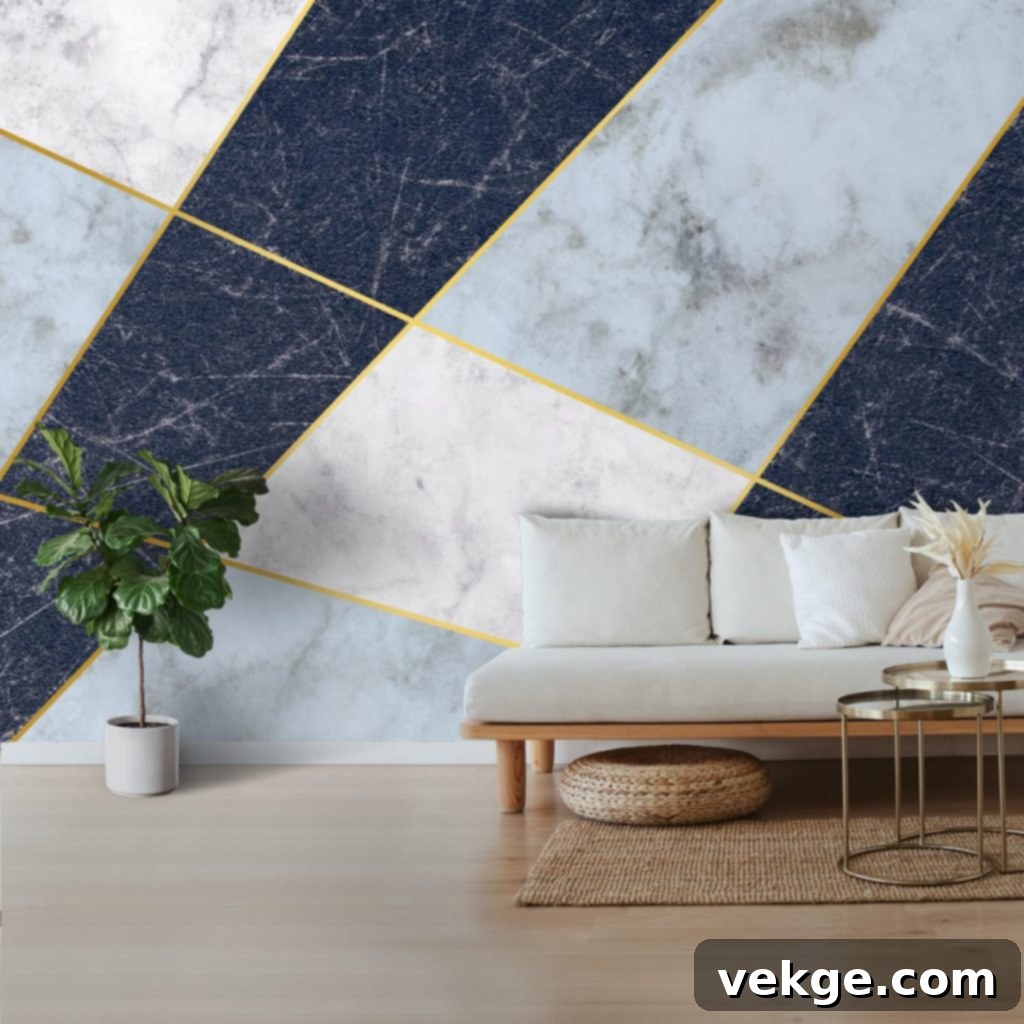
Marble crafting transcends mere utility, entering the realm of fine art. The creation of delicate flowers, intricate patterns, and elaborate designs meticulously carved into marble slabs can transform a living space into a gallery. This form of stone craft adds a touch of timeless sophistication and cultural richness to home decor. Choosing a mild color palette, such as pristine white, creamy beige, or elegant off-white marble, allows the intricate details of the craftsmanship to truly stand out, creating a serene yet striking visual impact.
While some homeowners might lean towards traditional stone furniture for functionality, those seeking to imbue their living spaces with artistic flair and decorative elegance will find marble crafting particularly appealing. Beyond carved panels, marble can be crafted into exquisite decorative items like vases, pedestals, or bespoke wall art, serving as captivating focal points that celebrate artisanal skill and natural beauty. It’s an ideal way to combine historical artistic traditions with contemporary luxury.
6. Functional and Aesthetic Stone Screen Walls: Defining Spaces with Grace
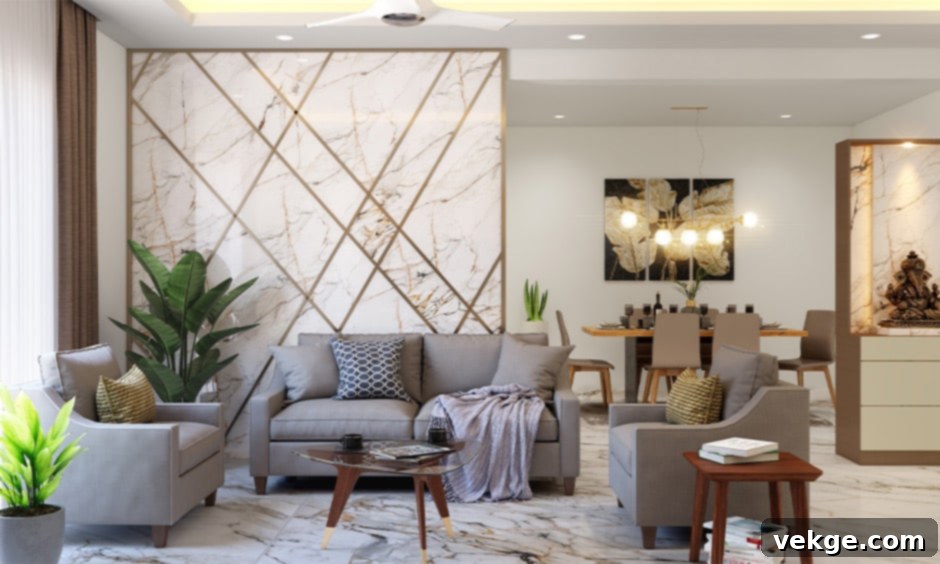
Modern living often calls for flexible spaces, and the desire to partition a large room without constructing a permanent, solid wall is common. Stone screen walls offer an elegant and practical solution. Imagine a spacious open-plan area where dining and living functions coexist; a beautifully designed stone screen wall can subtly divide these zones, enhancing privacy and defining distinct areas without compromising the flow of light or airiness. These screens often feature intricate jali patterns or abstract designs, allowing for visual interest while maintaining a sense of openness.
Beyond their partitioning function, stone screen walls serve as significant decorative elements. Many designs incorporate integrated shelves or niches, providing convenient spaces to display decorative items, books, or everyday essentials, blending functionality with aesthetic appeal. Installing a sophisticated stone screen wall in your living room or other large spaces can dramatically elevate its ambiance, introducing a sculptural element that is both ancient in its material and utterly contemporary in its application. For those interested in exploring more about traditional Indian house designs and their unique regional characteristics, we encourage you to delve into our previous blog, which covers these intricacies in detail: Explore Traditional Indian House Designs Across Regions.
Final Thoughts: Embracing the Timeless Appeal of Stone in Your Home
Stone craft offers a sturdy, reliable, and aesthetically rich material choice for integration into any home. Its inherent durability ensures longevity, while its natural properties make it remarkably easy to clean and maintain, promising a timeless appeal that withstands the rigors of everyday life. Incorporating stonework is an excellent way to bring the grounding energy of the outdoors and the raw beauty of natural materials directly into your home, transforming it into a cool, calm, and profoundly rejuvenating sanctuary.
While practical applications like stone furniture, resilient wall cladding, and elegant tiles remain popular and effective ways to integrate stone craft, the artistic potential of marble crafts, the functional beauty of stone screen walls, and bespoke decor items are equally captivating. Whether you prefer the grandeur of granite, the classic elegance of marble, or the earthy charm of sandstone, there’s a stone and a craft waiting to enhance your living environment.
From adding a touch of historical grandeur to ensuring robust functionality in modern settings, stone craft seamlessly bridges tradition with contemporary living. What is your favorite way to incorporate stonework into your home? Share your ideas and experiences in the comments section below!
